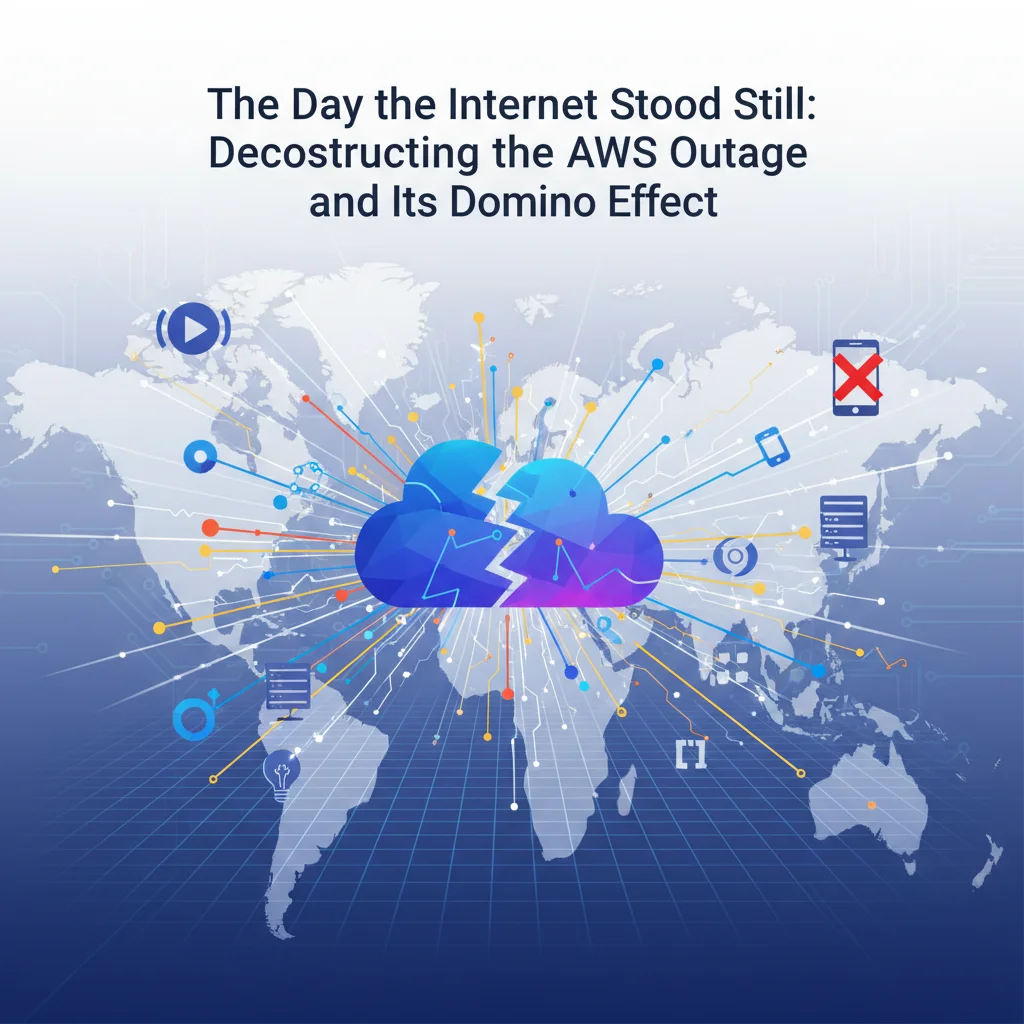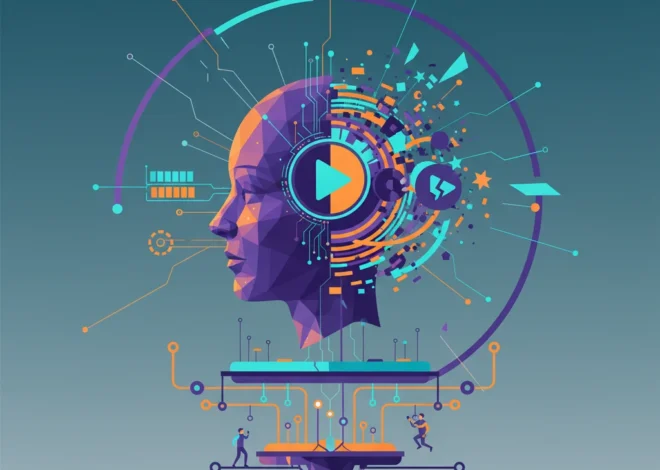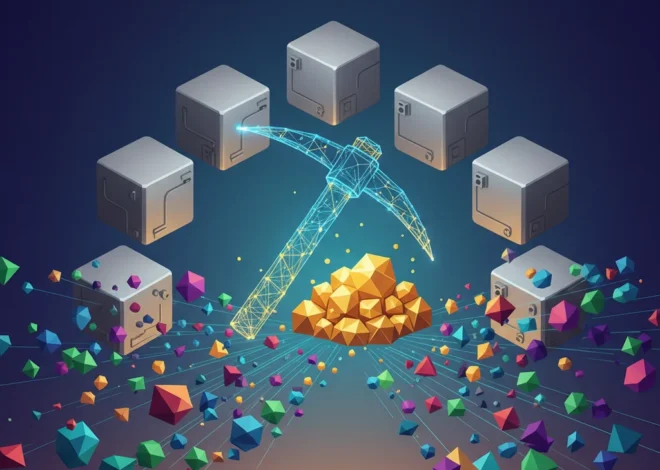
The Day the Internet Stood Still: Deconstructing the AWS Outage and Its Domino Effect
Ever had one of those mornings where you reach for your phone, and nothing works? Your favorite streaming service is down, your smart home devices are unresponsive, and even your work collaboration tools are offline. It feels like a digital apocalypse. For millions, this wasn’t a hypothetical scenario but a reality during a recent major outage at Amazon Web Services (AWS), the cloud computing behemoth that quietly powers a massive chunk of the internet. The incident impacted over 1,000 companies and sent a ripple effect across the globe, serving as a stark reminder of the fragile, interconnected nature of our digital world.
But what actually happened? And how can a problem at one company cause such a widespread digital paralysis? This isn’t just a story about servers going down; it’s a deep dive into the architecture of the modern internet, the risks of centralization, and the critical lessons for developers, startups, and tech leaders everywhere. Let’s unplug the mystery and explore the anatomy of this massive outage.
What is AWS, and Why is It the Internet’s Landlord?
Before we dissect the failure, it’s crucial to understand what AWS is and why it’s so fundamental. Imagine the internet is a massive city. Every website, app, and online service is a building. In the past, every business had to buy its own land, lay its own foundation, and manage its own plumbing and electricity. It was expensive, slow, and inefficient.
Enter cloud computing, with AWS as the biggest landlord in the city. Instead of building from scratch, companies can now rent “digital real estate” and utilities from AWS. This includes:
- Computing Power (EC2): Virtual servers to run code and applications.
- Storage (S3): Infinite digital warehouses to store everything from website images to massive datasets for machine learning.
- Databases (RDS, DynamoDB): Organized systems to manage user data, product catalogs, and more.
- Networking: The digital roads and highways that connect everything.
*
*
*
This model, often called Infrastructure-as-a-Service (IaaS), revolutionized the tech industry. It allowed startups to launch with minimal upfront cost and enabled global enterprises to scale on demand. Today, AWS holds over 31% of the global cloud infrastructure market, more than its next two competitors combined (source). From Netflix streaming movies to your company’s SaaS platform, there’s a good chance AWS is involved. This incredible market share is a testament to its reliability and innovation, but it also creates a massive, centralized point of failure.
JPMorgan's B Bet on American Tech: Why Your Startup Should Be Paying Attention
Anatomy of an Outage: The Single Domino That Toppled a Thousand
AWS is designed for incredible resilience, built with multiple “Regions” (geographic locations) and “Availability Zones” (isolated data centers within a region). In theory, if one data center fails, traffic is automatically rerouted to another. So, what went wrong?
While the exact cause of every outage varies, they often boil down to a few common culprits:
- Software Deployment Gone Wrong: An update or new piece of code, pushed through an automation pipeline, contains a bug that triggers a cascade of failures. This is the digital equivalent of a faulty switch causing a city-wide blackout.
- Network Configuration Error: A simple typo or incorrect command in a network configuration can sever connections between critical services, making them unable to communicate with each other or the outside world.
- Core Service Failure: Some AWS services are more “core” than others. An issue with a foundational service like S3 (Simple Storage Service) or IAM (Identity and Access Management) can have a devastating domino effect, as countless other services depend on them to function. This has been the cause of several major historical outages.
The impact is magnified because many companies build their entire infrastructure within a single AWS region for reasons of cost and latency. When that region experiences a significant issue, their services go down with it. It’s a powerful lesson in system architecture: convenience and cost can sometimes come at the price of resilience.
The ripple effect is profound. When a core AWS service stumbles, it doesn’t just take down websites. It disrupts a complex, interconnected ecosystem. Below is a look at how far the shockwaves can travel.
| Industry / Sector | Examples of Affected Services | Business & User Impact |
|---|---|---|
| E-commerce & Retail | Online storefronts, payment gateways, inventory management systems. | Lost sales, inability to process orders, customer frustration. |
| SaaS & B2B Software | CRMs, project management tools, communication platforms (e.g., Slack, Asana). | Productivity loss, inability to access critical business data, workflow disruption. |
| AI & Machine Learning | Model training platforms, data processing pipelines, AI-powered APIs. | Interrupted training jobs, unavailable AI features, broken automation scripts. |
| Media & Entertainment | Streaming services, news websites, content delivery networks. | Users unable to stream content, websites inaccessible, ad revenue lost. |
| Internet of Things (IoT) | Smart home devices (e.g., doorbells, thermostats), connected car services. | Devices become unresponsive, loss of control and monitoring capabilities. |
Lessons Learned: A Wake-Up Call for the Entire Tech Industry
An outage of this magnitude is more than just a temporary inconvenience; it’s a costly, real-world stress test that provides invaluable lessons. For anyone building or relying on modern software, here are the key takeaways.
For Developers & SREs: Design for Failure
The core principle of resilient systems is to assume failure will happen. This means moving beyond single-region deployments. Implementing a multi-region or even multi-cloud strategy is no longer a luxury but a necessity for mission-critical applications. Techniques like active-active failover, graceful degradation (where an app continues to work with reduced functionality), and chaos engineering (intentionally breaking things to find weaknesses) are vital skills in modern programming and site reliability.
AI's New Cold War: Why Geopolitics is Freezing the Tech Deal Market
For Startups & Entrepreneurs: Understand Your Risk
For a startup, downtime isn’t just an inconvenience; it can be an existential threat. It erodes user trust and can directly impact revenue. Business leaders must ask their tech teams hard questions: What is our disaster recovery plan? What is our RTO/RPO (Recovery Time Objective/Recovery Point Objective)? How much would one hour of downtime cost us? Investing in resilience early, even if it adds complexity and cost, is a form of business insurance. This is also a crucial consideration for cybersecurity, as prolonged outages can create confusion and open up new attack vectors.
For the Industry: The Push for a More Resilient Future
These events accelerate industry-wide trends. The interest in multi-cloud and hybrid-cloud architectures will only grow. We’ll also see a greater focus on AIOps—using artificial intelligence and machine learning to predict and prevent outages before they happen. By analyzing vast amounts of telemetry data, AI systems can spot anomalies that signal an impending failure, allowing for proactive intervention. This represents a significant shift from reactive problem-solving to predictive, automated resilience. According to a Gartner report, by 2025, 40% of large enterprises will be using AIOps for IT monitoring, a significant increase from today (source).
JPMorgan's Billion "America First" Fund: What This Means for the Future of Tech
Conclusion: Building a Stronger, Smarter Internet
The great AWS outage wasn’t just a technical glitch; it was a powerful demonstration of our collective dependence on a complex, often invisible, digital infrastructure. It highlighted both the incredible power of the cloud and its inherent fragility when centralized. For every user who couldn’t stream a movie, there was a business that couldn’t process a payment and a developer who couldn’t deploy code.
The path forward isn’t to abandon the cloud but to build on it more intelligently. By embracing principles of resilience, investing in multi-region architectures, and leveraging the power of AI and automation to build self-healing systems, we can create a digital world that is not only innovative but also robust. This outage was a painful but necessary wake-up call, reminding us that in the digital city we all inhabit, the strength of the foundation matters more than anything.


